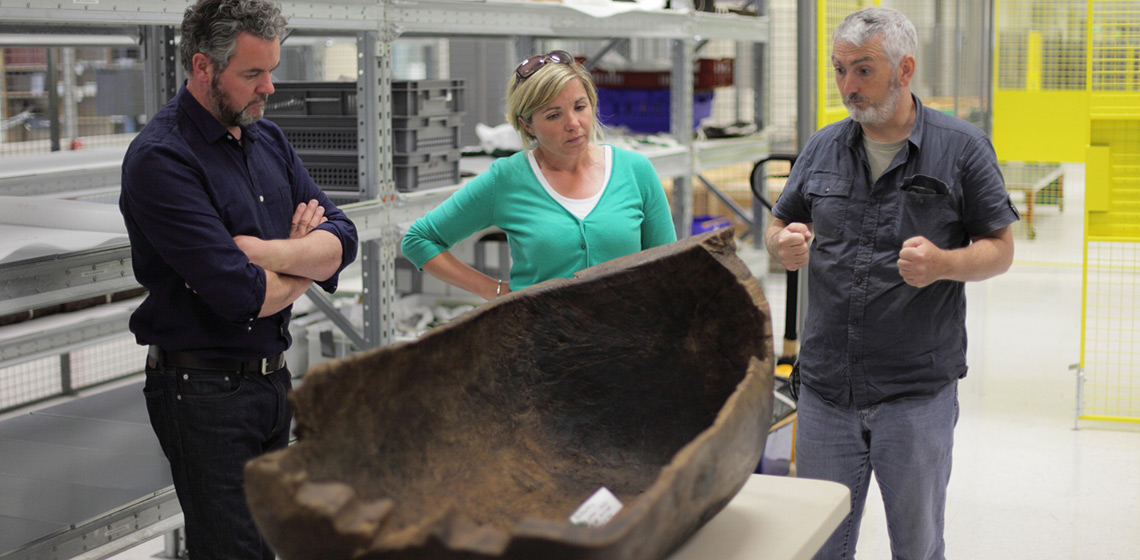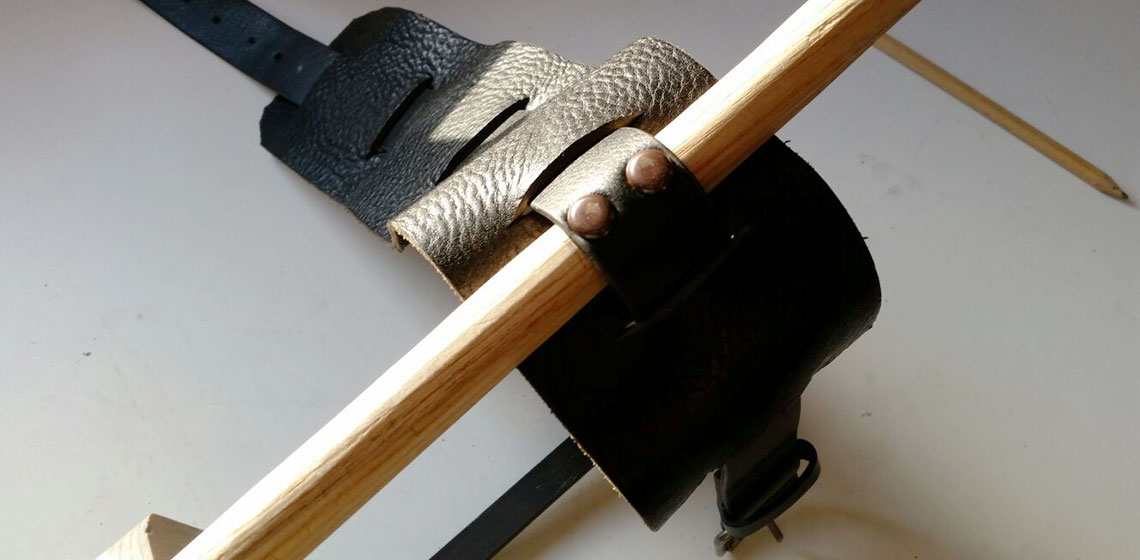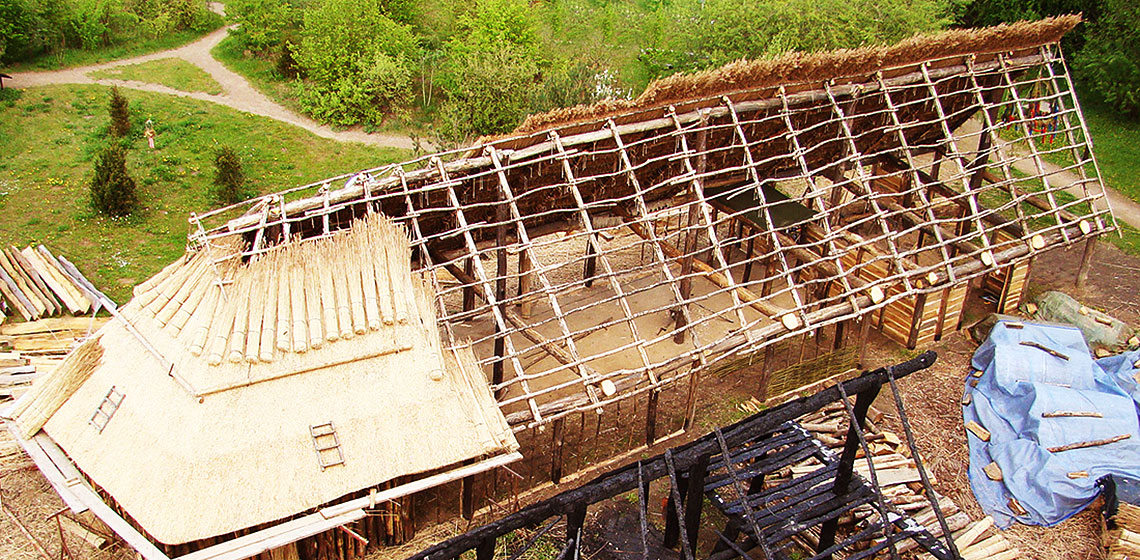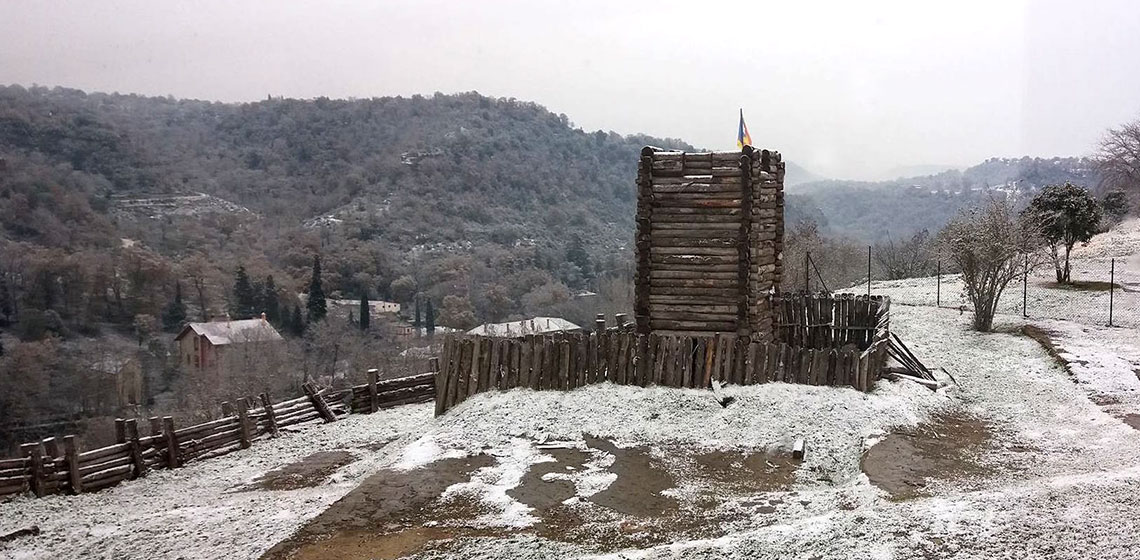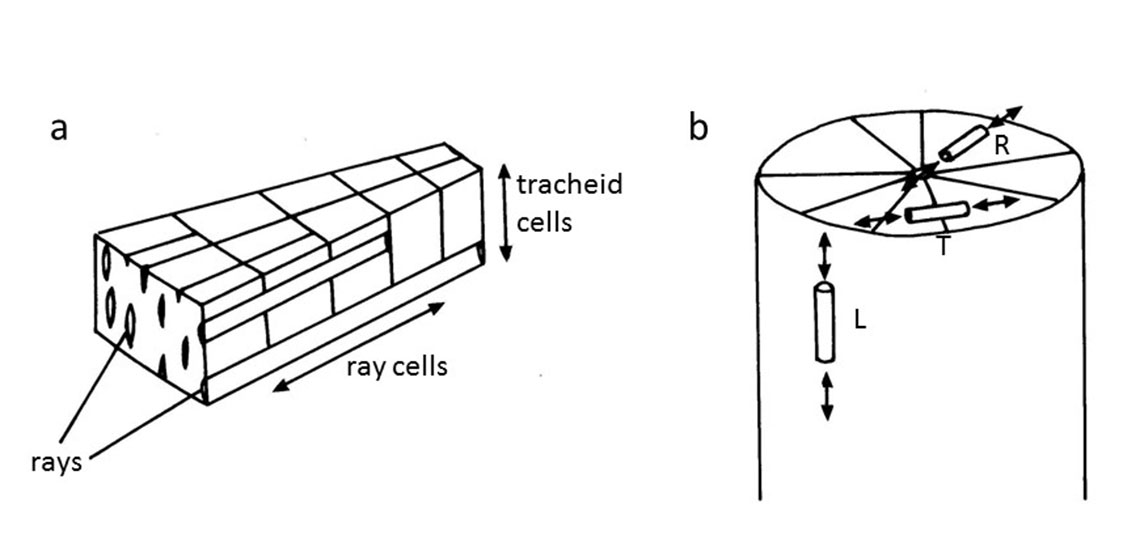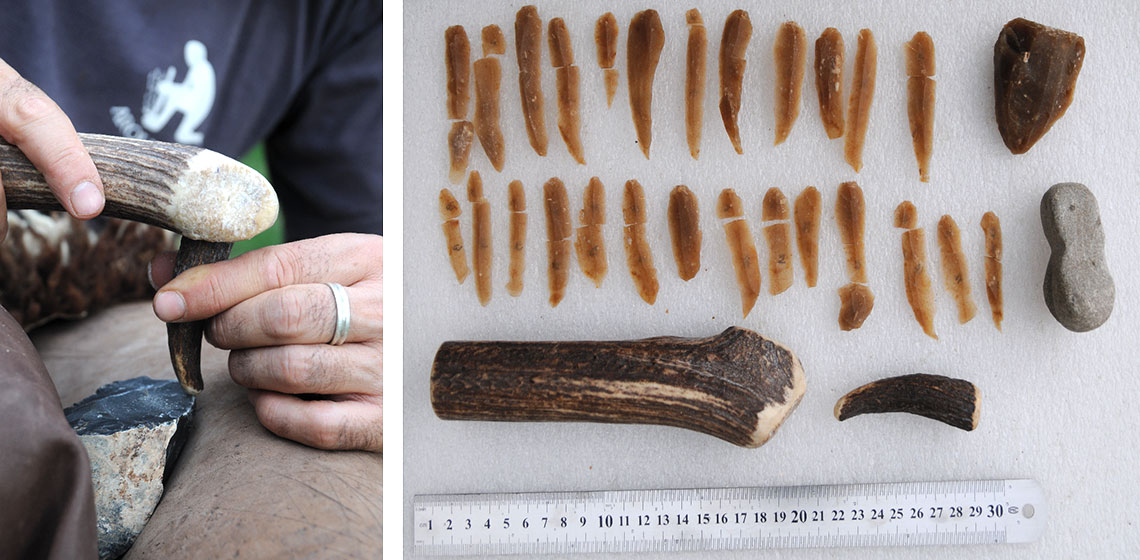woodworking
Making, Multi-Vocality and Experimental Archaeology: The Pallasboy Project
The Construction of a Replica Section of the Middle Subneolithic Purkajasuo Lath Screen Fish Weir at Kierikki Stone Age Centre, Finland
Experimental Reconstruction of a Nineteenth Century Lower Limb Prosthetic Peg Leg – The Box Leg
***Scientific attempts to understand early prosthesis manufacturing techniques are rare. The academic research of artificial limbs has been limited to the historical analysis of documentary sources. This area still remains a fairly under-researched topic even under the more recent developments of disability studies (Childress, 1985)...
Traction Trebuchet
The Construction of a Bronze Age Longhouse Model in Dwelling-byre Style using Experimental Archaeological Techniques
A new longhouse model in Hitzacker
The town of Hitzacker is situated adjacent to the river Elbe in the district Lüchow-Dannenberg, east of Lower Saxony. The discovery of wide Bronze Age settlement structures in Hitzacker in the 1980s led to the founding of a Bronze Age open air museum called AZH - Archaeological Center Hitzacker. Along with other archaeological models of Bronze Age architecture, three Longhouses were the main attractions of the institution and were also focal points of the educational programs. The destruction of one Longhouse by arson in 2008 was a great loss.
The Experimental Building of a Wooden Watchtower in the Carolingian Southern Frontier
***During fifteen days of June 2015, the team of l’Esquerda worked in a research project to build a Carolingian wooden watchtower on the River Ter, in Roda de Ter, Catalonia, Spain. The idea was to test our hypotheses experimentally, (a) if the wooden watchtower could...
Adze-plane, Skeparnon, Multipurpose Adze or Two-handled Adze? Practical Work with an Alleged Predecessor of the Woodworking Plane
***This article presents a practical approach to a Graeco-Roman woodworking tool called “ascia-Hobel” in the archaeological literature, respectively “adze-plane” as the corresponding English term. The tool in question consists of an often semi-circular adze-blade attached to a two-handled shaft and seems to be suited both for chopping and...

